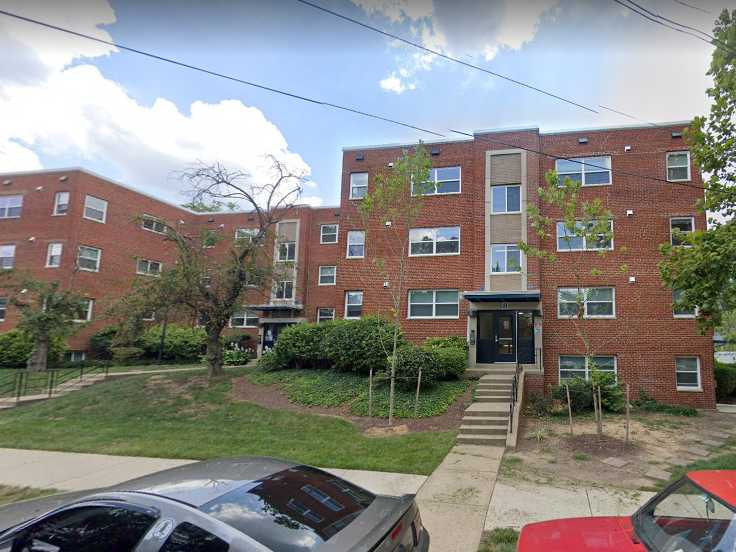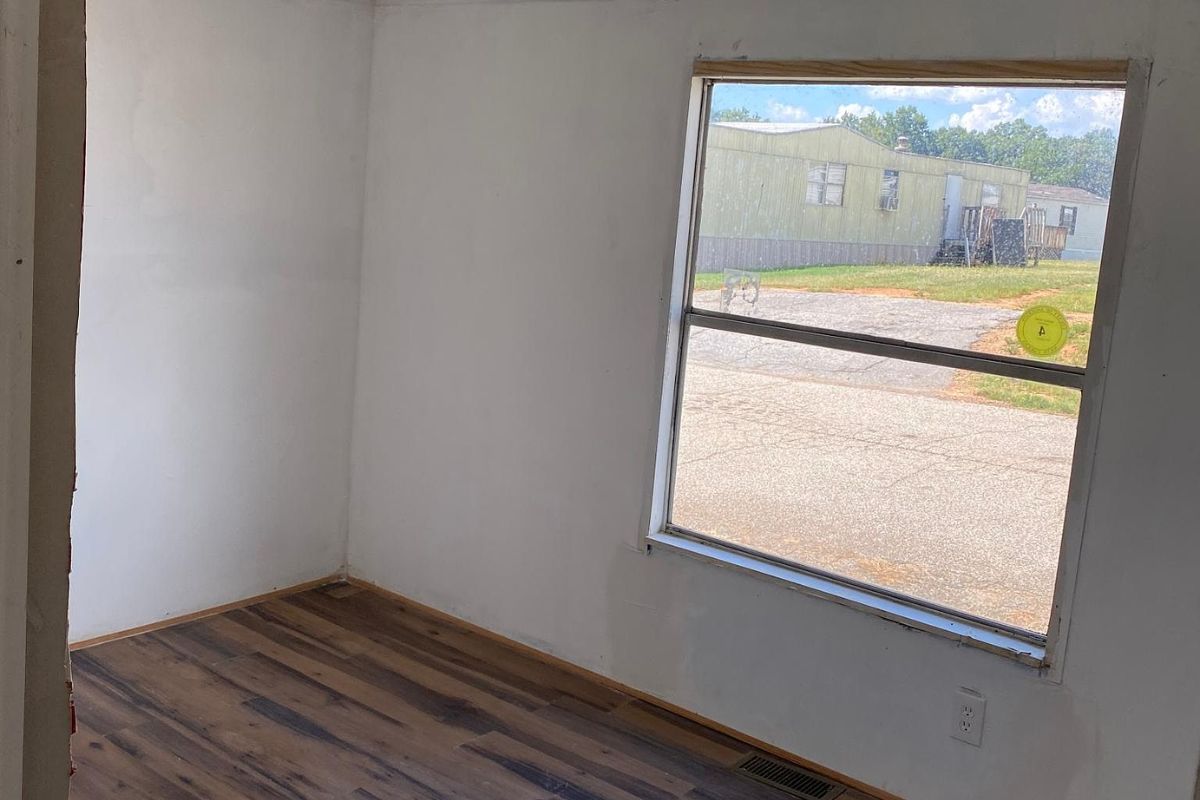Don't know where to find the answer to the question how to evict section 8 tenant, have a look at our details to get information.
Evicting a tenant can be a challenging and sensitive process for any landlord, and when it comes to Section 8 tenants, there are additional considerations to take into account. Section 8 is a federal housing program that provides rental assistance to low-income individuals and families. While it is designed to help those in need, there are instances where landlords may need to initiate the eviction process.
In this article, we will guide you through the steps involved in evicting a Section 8 tenant, ensuring compliance with the necessary legal requirements.
Identify a Legal Reason for Eviction

Before initiating the eviction process, it is crucial to have a valid legal reason for doing so. Common justifications for eviction include non-payment of rent, violation of lease terms, property damage, illegal activities, or a breach of the Section 8 program rules. Familiarize yourself with both federal and state regulations regarding evictions to ensure that your reason meets the necessary criteria.
Send the Section 8 Tenant an Eviction Notice
After identifying a legal reason for eviction, the next crucial step is to send a formal eviction notice to the Section 8 tenant. The notice serves as official communication, informing the tenant of your intent to terminate their tenancy.
Here's an approach to sending the eviction notice to a Section 8 tenant:
Clearly state the termination date
In the eviction notice, include the specific date on which the tenancy will end. This provides the tenant with a clear understanding of the timeframe they have to vacate the premises.
Specify the rental amount due (for nonpayment cases)
If the eviction is due to non-payment of rent, include the outstanding rental amount that the tenant must settle to avoid eviction. This helps the tenant understand the financial obligations involved.
Provide a detailed reason for eviction
Include a concise and specific explanation of the grounds for eviction. This allows the tenant to comprehend the basis for the termination and prepare a defense if necessary. Ensure that the reason provided aligns with the legal justifications recognized by your jurisdiction.
Warn of potential court enforcement
Clearly state that failure to vacate the property by the end date may result in court enforcement. This serves as a reminder to the tenant of the potential legal consequences if they do not comply with the eviction notice.
Allow time for discussion
Inform the tenant that they have 10 calendar days to discuss the termination with you. This demonstrates a willingness to engage in open communication and provides an opportunity for resolution or clarification of any misunderstandings.
Accommodation rights for tenants with disabilities
Include an advisory that tenants with disabilities have the right to request reasonable accommodations during the eviction hearing. This ensures compliance with fair housing laws and highlights your commitment to addressing the needs of disabled tenants.
Ensure accessibility for tenants with disabilities
If the recipient of the notice has a disability, make sure the notice is accessible to them. For example, a visually impaired tenant may require a notice in Braille or audio format. Accommodate their needs to ensure they receive the information effectively.
Delivery methods
Send the eviction notice by first-class mail to the tenant's address, and also deliver a copy in person to an adult residing in the unit. If no adult is available, you can post the notice on the door or slide it through if allowed by local laws. These delivery methods help ensure that the tenant receives the notice and is aware of the eviction proceedings.
Discuss Eviction with the Tenant

According to HUD regulations, Section 8 tenants are entitled to ten days to discuss the termination with you. It is important to follow the proper procedures during this discussion. Here's an optimized approach to conducting the eviction discussion with a Section 8 tenant:
Arrange a meeting
Schedule a meeting with the Section 8 tenant to discuss the eviction. As per HUD regulations, a designated representative who is not involved in the case should be present during the meeting. This ensures transparency and fairness throughout the process.
Present the facts
During the discussion, present the facts surrounding the eviction and give the tenant an opportunity to provide their perspective. Maintain a professional and respectful demeanor, facilitating open communication to understand each other's viewpoints.
Final written decision
After the discussion, you are required to provide the tenant with a final written decision based on the facts discussed during the meeting. This decision should clearly state whether the eviction will proceed or if there is an opportunity to resolve the issue.
Remedy for minor breaches
In cases where the tenant's breach is minor and can be remedied through repairs or payment of rent, you may choose to work with the Section 8 tenant and halt the eviction proceedings. This cooperative approach allows for resolution and can help maintain a positive landlord-tenant relationship.
Severe violations and immediate termination
However, for more severe violations, such as criminal activities like drug use or sales within the residence, immediate termination is warranted. These actions not only justify eviction from your rental unit but also lead to termination from the Section 8 program as a whole.
As soon as the Public Housing Agency (PHA) is informed of drug or criminal activities, the Section 8 termination process will commence. The tenant will lose their voucher, and even if you decide not to file for eviction, they will most likely be unable to afford market-rate rent without the voucher.
Submit an Eviction Notice to the PHA to Inform Them of Your Intention
If you have made the decision to proceed with the eviction of a Section 8 tenant, it is important to notify the Public Housing Agency (PHA) of your intent. While specific procedures may differ among PHAs, the following optimized approach can be taken to notify the PHA effectively:
Identify the appropriate contact
Reach out to the PHA official who previously worked with you to establish the Housing Assistance Payments (HAP) contract. This individual is likely to be familiar with your case and can provide guidance on the notification process.
Inform the PHA of the eviction
Clearly communicate to the PHA your intent to evict the Section 8 tenant. Provide necessary details such as the tenant's name, address, and the grounds for eviction. This information helps the PHA understand the situation and initiate the necessary procedures.
Follow PHA guidelines
Request guidance from the PHA regarding their specific procedures for eviction notifications. Each PHA may have its own requirements and forms to be completed. Adhering to their guidelines ensures that you fulfill the necessary obligations as a participant in the Section 8 program.
File for Eviction in the Appropriate Court
To start the eviction process, you need to file a formal request in the appropriate court. The specific court you go to will depend on your state's jurisdiction for eviction cases, such as the local District, circuit, justice of the peace, or small claims court.
When you file the case, you'll need to provide important information like the property's address, a description of the property, the name(s) of the tenant(s), and the reasons for eviction. The court will then send the tenant a summons to appear in court for an eviction hearing. To initiate this process, you'll likely have to pay a fee both for filing the case and for having the summons delivered to the tenant's residence by a process server.
If the tenant didn't formally object to the eviction notice by filing an Answer, they can still contest the eviction during the trial. However, a court order is the only legal way to remove a tenant who refuses to leave your property.
Attend the Hearing
During the hearing, both you and the tenant will have the opportunity to present your arguments to a judge. You will need to provide evidence and reasons explaining why the tenant should be evicted, while the tenant, if they attend, can present any legal defenses or arguments against the eviction.
After all the arguments have been heard, the judge will make a decision regarding the possession of the rental unit. If the judgment is in your favor, the court will authorize the sheriff or another authorized person to enforce the decision. They will follow the state's procedures to restore possession of the unit to you and remove the tenant.
FAQs about How to Evict a Section 8 Tenant
What are the legal reasons for evicting a Section 8 tenant?
Common legal justifications for evicting a Section 8 tenant include non-payment of rent, violation of lease terms, property damage, engaging in illegal activities, or breaching the rules of the Section 8 program.
How should I deliver the eviction notice to a Section 8 tenant?
The eviction notice should be sent by first-class mail to the tenant's address, and a copy should also be delivered in person to an adult residing in the unit. If no adult is available, you may post the notice on the door or slide it through, depending on local laws.
Can a Section 8 tenant request reasonable accommodations during the eviction process?
Yes, tenants with disabilities have the right to request reasonable accommodations during the eviction hearing. Landlords should include an advisory in the eviction notice to ensure compliance with fair housing laws and address the needs of disabled tenants.
What should I do if the Section 8 tenant wants to discuss the eviction?
According to HUD regulations, Section 8 tenants have ten days to discuss the termination with the landlord. During this discussion, it is important to arrange a meeting, present the facts surrounding the eviction, and provide the tenant with a final written decision based on the outcome of the discussion.
How do I notify the Public Housing Agency (PHA) of my intent to evict a Section 8 tenant?
To notify the PHA, reach out to the official who worked with you to establish the Housing Assistance Payments (HAP) contract. Clearly communicate your intent to evict the Section 8 tenant, providing necessary details such as the tenant's name, address, and grounds for eviction. Follow the specific guidelines of the PHA to fulfill your obligations as a participant in the Section 8 program.





